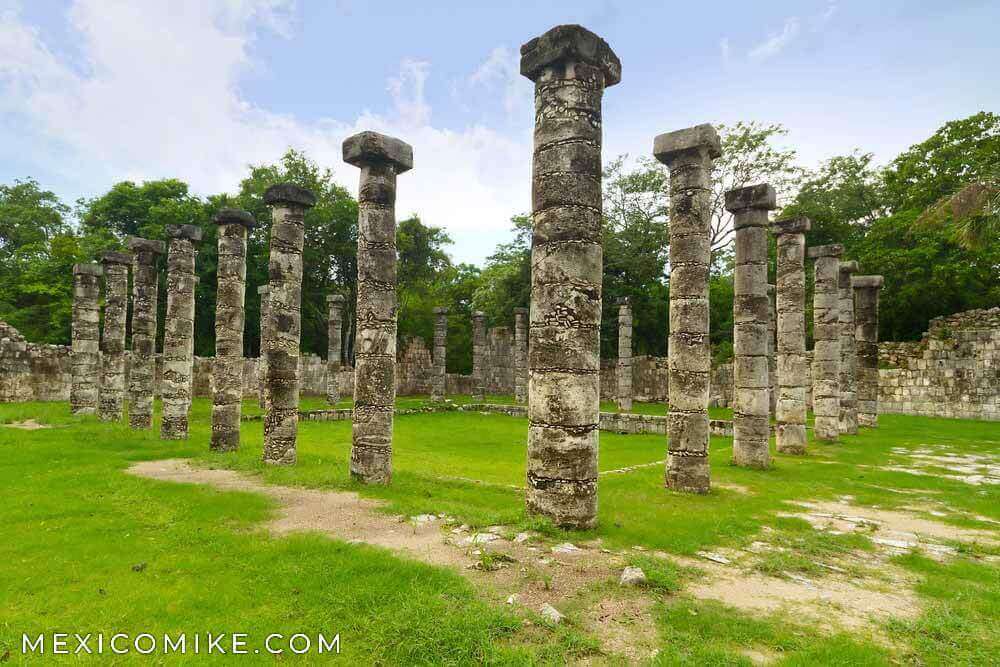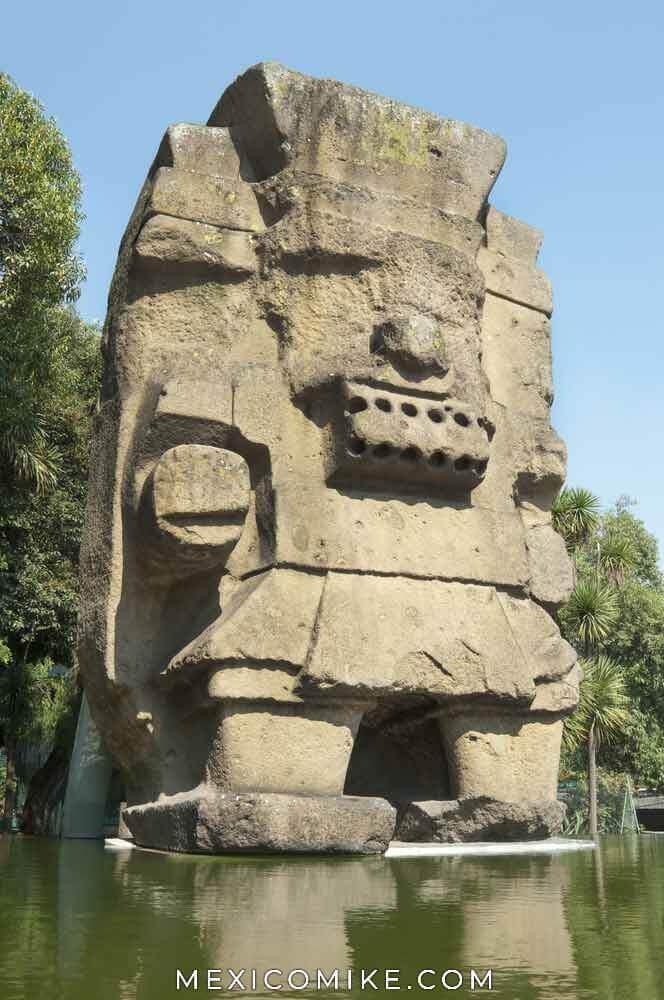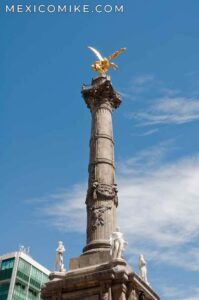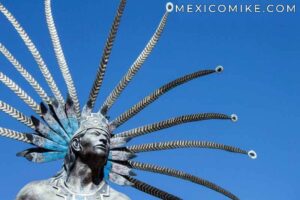One of the most famous tribes of North America, the Aztecs, was based primarily in the Valley of Mexico in the modern-day capital, Mexico City. The Aztecs controlled large Mesoamerica tracts between the fourteenth and sixteenth centuries until the Spanish Conquest in the early sixteenth century. As one of the most dominant groups in Mexican history, the Aztec people’s influence on the culture of Mexico was and is still profound.
Early History of the Aztecs
According to scholars, under the umbrella of Toltec ancestry, the Aztecs were likely nomadic people who entered central Mexico from the north. These early people were also known as the Mexica—a name that would later be applied to the nation. Their arrival in central Mexico roughly corresponded to the fall of the Toltec civilization. According to legend, when migrating Aztecs saw an eagle atop a cactus, they took it as prophecy and chose to build their capital there—on the southwest border of Lake Texcoco. Though many areas were swampy, the Aztecs undertook drainage projects. By 1325, they had built the foundation for their capital, Tenochtitlan.
From Sophisticated Farmers to Empire Builders
Part of the early success of the Aztecs was to their sophisticated farming methods. They grew crops such as maize, beans, squash, and tomatoes. Their agricultural diet was supplemented by hunting and fishing. They also honed their military traditions by establishing successful irrigation and cultivation processes. Their strong warrior class built a strong state upon which they could later create their empire. By the early 1500s, the Aztecs dominated more than 500 small states and ruled over as many as 600 million people. They employed a highly structured and rigid hierarchy that was led by an emperor and nobles. At the bottom of this system were indentured servants and slaves, a class composed mainly of conquered peoples.

Cortes Brings Disaster to Montezuma
Montezuma II was the leader of the Aztec Empire when Cortes arrived in Tabasco in 1519. Cortes gained various indigenous tribes as allies; they marched on the Aztec capital, where Montezuma himself greeted the Spanish. Within a short time, Cortes and his men took Montezuma and several other nobles hostage and killed thousands of Aztecs to gain control of the city. At some point during this massacre, Montezuma was also killed. The Spanish virtually wiped out the Aztecs; many of those who were not killed by the sword perished due to European disease.

Aztec Contributions to the Culture of Mexico
The Aztecs shared many practices similar to those of other indigenous tribes like the Toltecs, such as the worship of similar gods and the practice of human sacrifice. They spoke the Nahuatl language, which is still spoken by more than a million people in Mexico today. Many dishes and cuisine, particularly chocolate, enjoyed in Mexico City are attributed to the Aztec people. They also created their pottery, celebrated the arts, and used a form of the Mesoamerican calendar used by the Mayans. Because many of their practices developed from or were influenced by other Mesoamerican cultures, their culture is greatly linked to all of central Mexico at the time they ruled.

Finding Traces of the Aztec Civilization Today
Many tourists visit Mexico City hoping to discover more about Aztec culture. When the Spanish conquered their capital, they essentially destroyed it and built the new capital of Mexico City on its remains. Nevertheless, many of the Federal District’s world-class museums showcase artifacts and relics of Aztec life. Some codices, weaponry, pottery, and architecture have survived. The history of the Aztecs is kept alive in the many festivals and museums that continue to remember and showcase their contribution to the present nation.





